DSST: Montview High School CubeSat Team , Brandon Lee, Henoc Mahary, Caleb Woldemichael, and Henock Tilahun (L to R)
Dr. Lisa Cicutto, Director, Community Outreach and Research at National Jewish Health
Molly DeWolff, Youth Services Librarian, Anythink Libraries
Brian Hlavacek, Environmental Health Division Director, Adams County Health Department
Jeremy Neustifter, Director of Air Quality Policy, Air Pollution Control Division
Michael Ogletree, Division Director for the Air Pollution Control Division of the Colorado Department of Public Health and Environment
Lucy Molina, Environmental Justice Advocate
DSST: Montview High School CubeSat Team
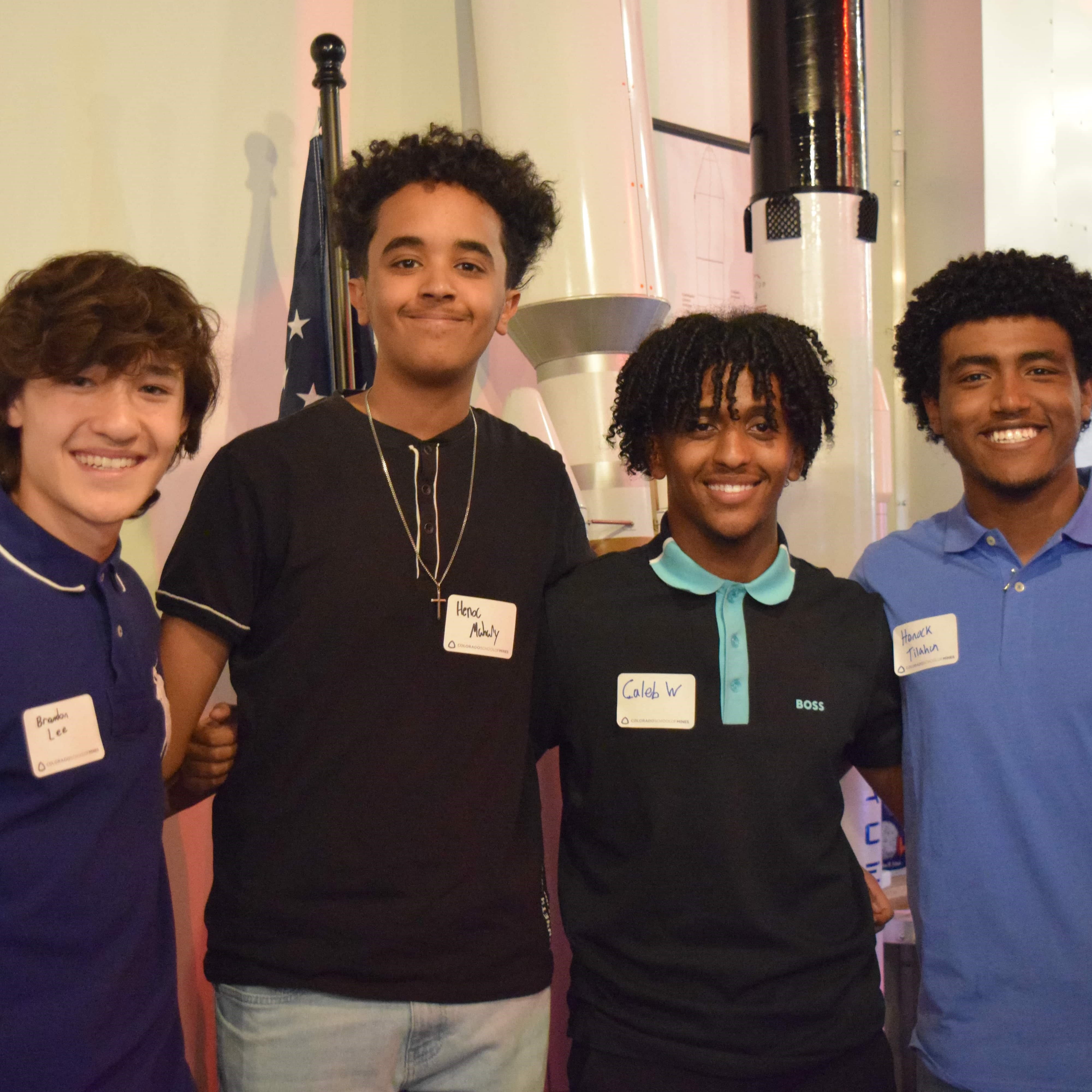
The DSST: Montview High School CubeSat team exists to build an A3Sat* CubeSat Emulator and launch it on a high-altitude balloon in order to empower communities, create opportunities to apply skills and knowledge, and gain insight on the future of aerospace.
*A3Sat - Low cost satellite emulator that runs on solar panels and batteries, transmits UHF radio telemetry, has a 3D printed frame, and can be extended by additional sensors and modules.
Dr. Lisa Cicutto

Dr. Lisa Cicutto has participated in research focused on asthma, lung health, and environmental health, primarily air quality, for the past 30 years with studies spanning bench-to-community. Since completing her doctorate, Dr. Cicutto’s research has focused on optimizing the management of asthma and lung health for patients, families, communities and health care professionals. Her passion is supporting informed decision making and action to optimize health on multiple levels, individual, family, organization and community. She has 30 years of experience working with community to conduct meaningful and responsive community engaged research projects. Through community engagement, responsiveness and partnership she has worked alongside community to study air quality and environmental literacy in Globeville, Elyria and Swansea and determined that indeed spikes/exceedances in particulate matter levels in the San Luis Valley results in increased urgent care and hospitalizations for asthma and other lung health conditions to develop effective, acceptable and understandable displays to share real time air quality monitoring and messaging for action in Denver schools. Working with residents and local community-based organizations she has come to understand the concerns, strengths, resources, and needs for building capacity for contextualized and informed personal action and community mobilization to build resiliency regarding air quality.
She is active in her communities by participating in community and professional educational initiatives, as well as, serving as guest instructor/professor at rural higher education institutions, such as Adams State University, Otero Junior College and Trinidad State College. She is a fourth generation Coloradoan who is committed to preserving and restoring its health. She received her BSN from University of Colorado Health Sciences Center, her Masters of Science from the University of Toronto, Faculty of Nursing, and her PhD from the Institute of Medical Science, University of Toronto.
Molly DeWolff
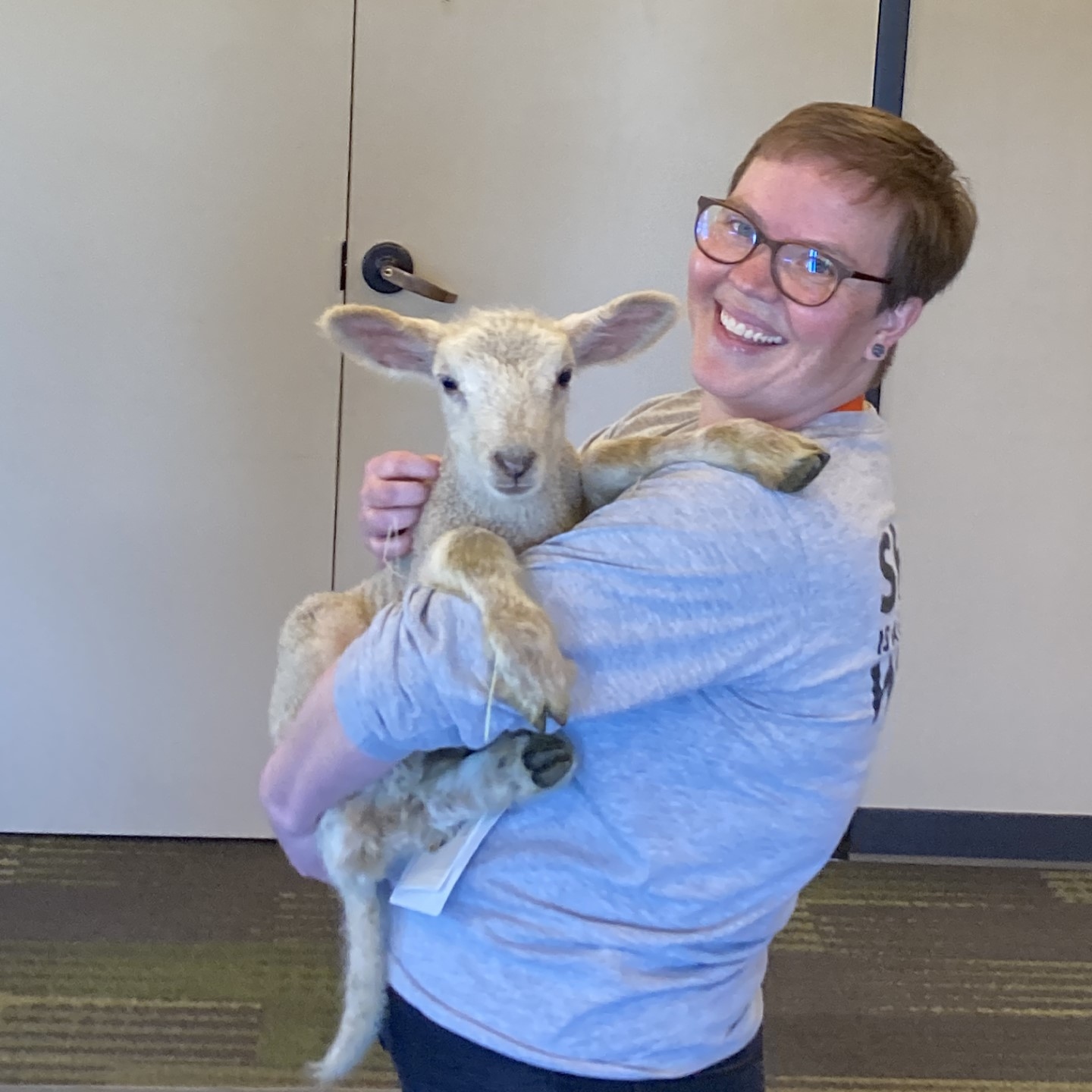
Molly has been the youth services librarian for the Bennett, Colorado branch of Adams County Anythink Libraries since 2019. She received her master's degree in library and information science from the University of Wisconsin, Milwaukee in 2013 and has been working in a variety of public library roles ever since including adult services and reference but most favorably as a children's and teen librarian. She is a new member of the Colorado Association of Libraries legislative committee and is most excited to assist public library advocates during the annual Library Lobby Day at the state capital in 2024.
Brian Hlavacek
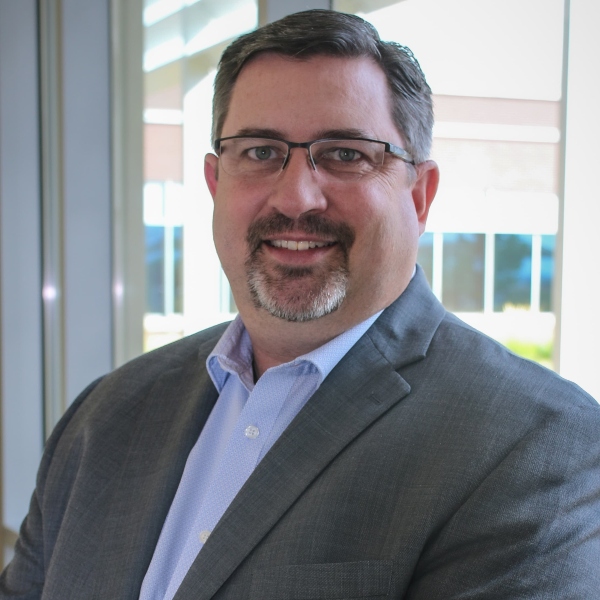
Brian Hlavacek (MAS, REHS) serves as the Environmental Health Division Director for the Adams County Health Department. He has a Bachelor of Science degree in Environmental Health from Colorado State University and a Master of Applied Science degree in Environmental Policy and Management from the University of Denver. He is also a Registered Environmental Health Specialist with the National Environmental Health Association. Brian has more than 25 years of experience in Environmental Health working in and overseeing consumer protection programs such as retail food, childcare, recreational facilities, and vector surveillance to environmental programs such as solid and hazardous waste, superfund sites, onsite wastewater, air and water quality, land use, and industrial hygiene. He is currently working to implement a community air monitoring grant from the EPA designed to enhance community awareness and policy change around air quality issues. Brian has a passion for the field of environmental health and enjoys making a difference in people’s lives by working to improve the environmental conditions around them.
Jeremy Neustifter
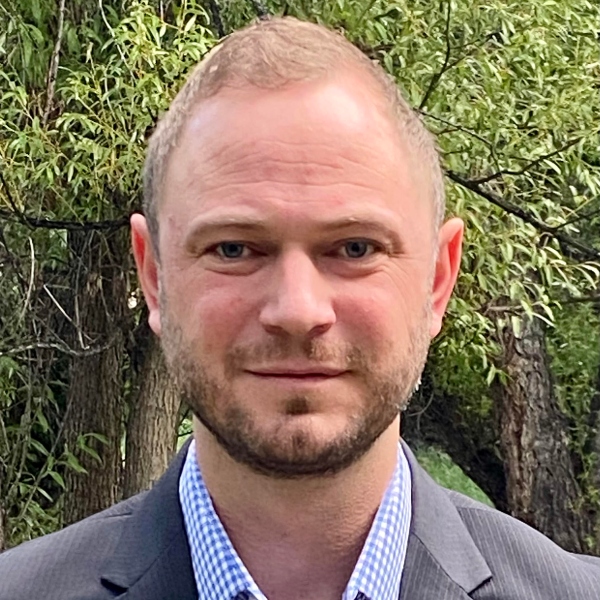
Jeremy Neustifter is the current Director of Air Quality Policy in the Air Pollution Control Division within the Colorado Department of Public Health and Environment. Jeremy has fourteen years of private and public sector experience working in the field of air pollution control and is the former Director of Environmental Boards and Commissions for the department where he worked primarily on air and water quality issues within Colorado.
Michael Ogletree
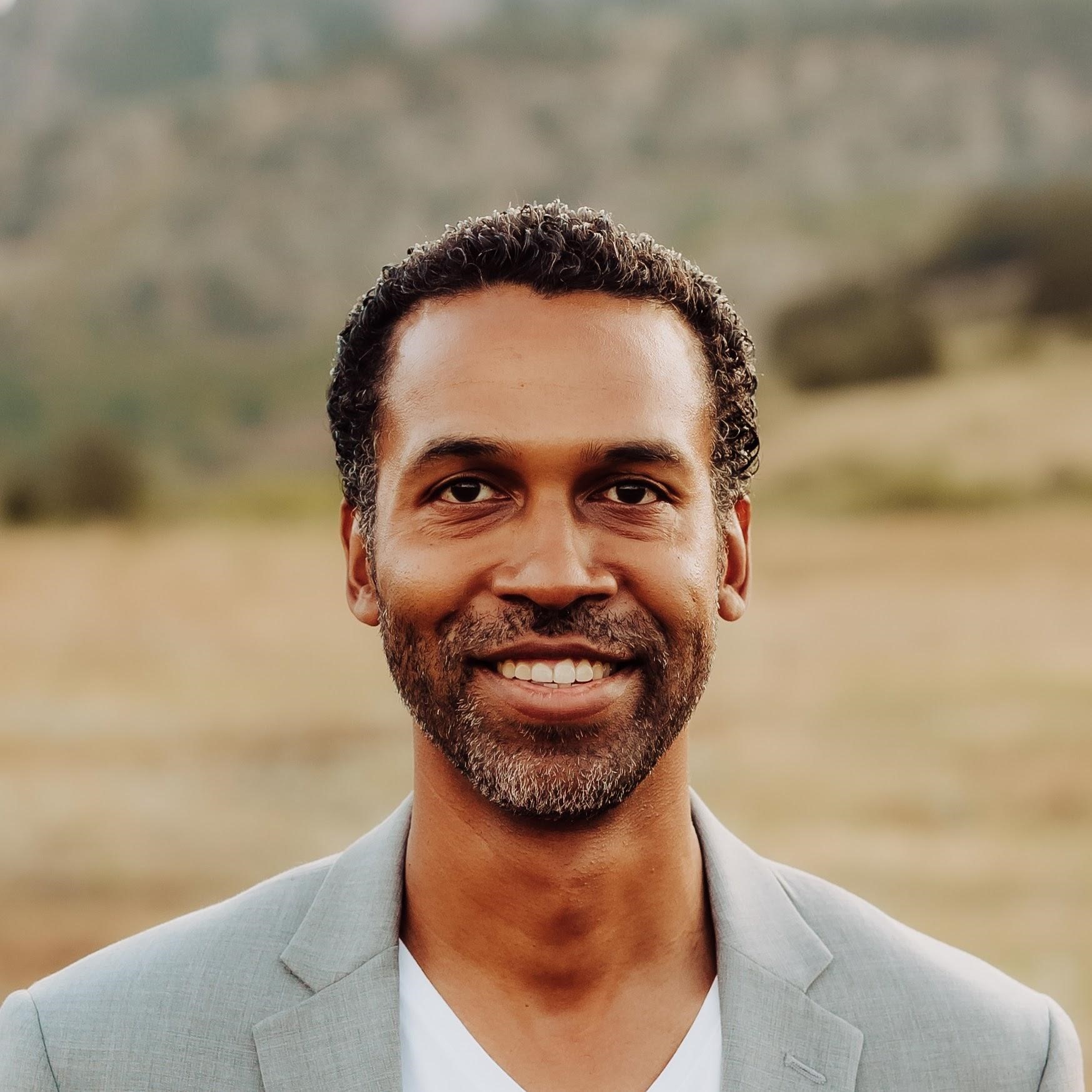
Michael Ogletree is the Division Director for the Air Pollution Control Division (APCD) of the Colorado Department of Public Health and Environment (CDPHE). Before becoming Division Director, Mr. Ogletree was the air quality program manager for the City and County of Denver, where he led Denver’s overall efforts to improve air quality. Michael Ogletree is an experienced leader with a passion for using technology to create positive change. With a strong background in leadership and a track record of driving successful initiatives, he has a natural ability to bring people together and drive meaningful change. Since being with Air Pollution Control Division, Mr. Ogletree has been instrumental in major initiatives that focus on reducing greenhouse gas emissions from trucks and cars and prioritizing the uptake of zero-emission vehicles, creating strides towards public protections from toxic air contaminants, prioritizing Environmental Justice communities in engagement and permitting decisions, improving data transparency, and integrating the next-generation of air monitoring technology. Mr. Ogletree is dedicated to making a difference and creating a better future for us all.
Lucy Molina
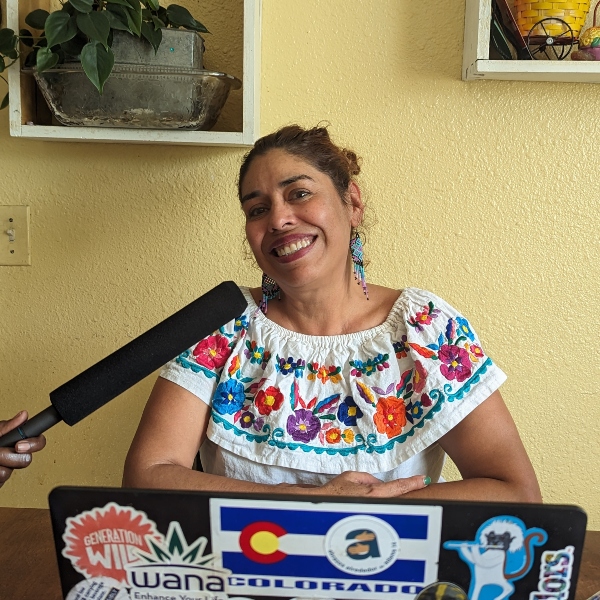
Lucy Molina is a mother and advocate for her community of Commerce City. Whether it’s at the Capitol advocating for environmental justice, testifying for bills to help Colorado move into the clean energy age, or speaking up for the health and safety of the community, Molina is there to stand up for the people. She is a former candidate for city council of Commerce City.






